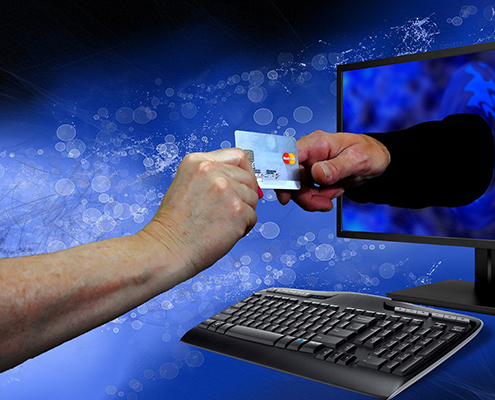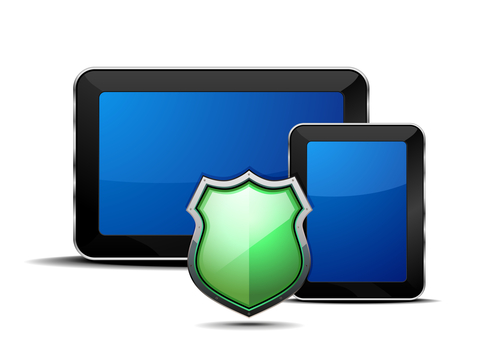What is Synthetic Identity Theft?
Identity theft is when a person steals another person’s private and personal information, generally to make money from it. You probably already knew this, but have you heard of synthetic identity theft? This is a bit different.
 With synthetic identity theft, a person creates a new and very fake identity by combining the real information from a person with made-up information. You might not think this is a big deal, but it can be very bad for anyone who has their identity stolen.
With synthetic identity theft, a person creates a new and very fake identity by combining the real information from a person with made-up information. You might not think this is a big deal, but it can be very bad for anyone who has their identity stolen.
Here are three ways that ID thieves can create synthetic identities:
Creating a New Credit Profile
The most common way to create a synthetic identity is to create a new credit profile using the victims SSN but a different name. Basically, they apply for credit using these fake identities. Generally, the application will be denied, but in the process, it creates a credit profile. Then, they can apply to companies that cater to people with poor or no credit. Though the card limits are typically small, less than $500, it still gives them money.
The Piggyback
Another thing that people do to create a synthetic identity is the piggyback. Basically, they look for people who have good credit, and then add a fake person as an authorized user to the account. They do not use the account, however. Instead, they let it sit for a few months. The credit agencies create a report of the synthetic identity, who now has an excellent credit rating and can get high limit credit cards.
Data Furnishing
The third tactic is called data furnishing. This is quite effective and sophisticated and requires the participation of someone from some type of business. Basically, they need a small business owner or manager who is willing to help with this fraud. The company is already vetted and is then approved to offer information on customers. They allow fake IDs, or synthetic identities, for malicious duties. This generally takes several months to set up, but the thieves can make a ton of money.
Right now, it’s hard to really pinpoint the financial impact of what these synthetic identities have, though it is believed that it has caused billions in losses. That means, however, for an ID thief, there are billions to be made. Fortunately, there are some things you can do to protect yourself including being very careful about the information you are sharing, especially on social media. Also, make sure you have a credit freeze and identity theft protection and that you are regularly checking your credit report.
ROBERT SICILIANO CSP, is a #1 Best Selling Amazon author, CEO of CreditParent.com, the architect of the CSI Protection certification; a Cyber Social and Identity Protection security awareness training program.





 As
As  2015 Breach Level Report
2015 Breach Level Report Here are some packages available on the Dark Net:
Here are some packages available on the Dark Net: 1. Manage employee email
1. Manage employee email 
























